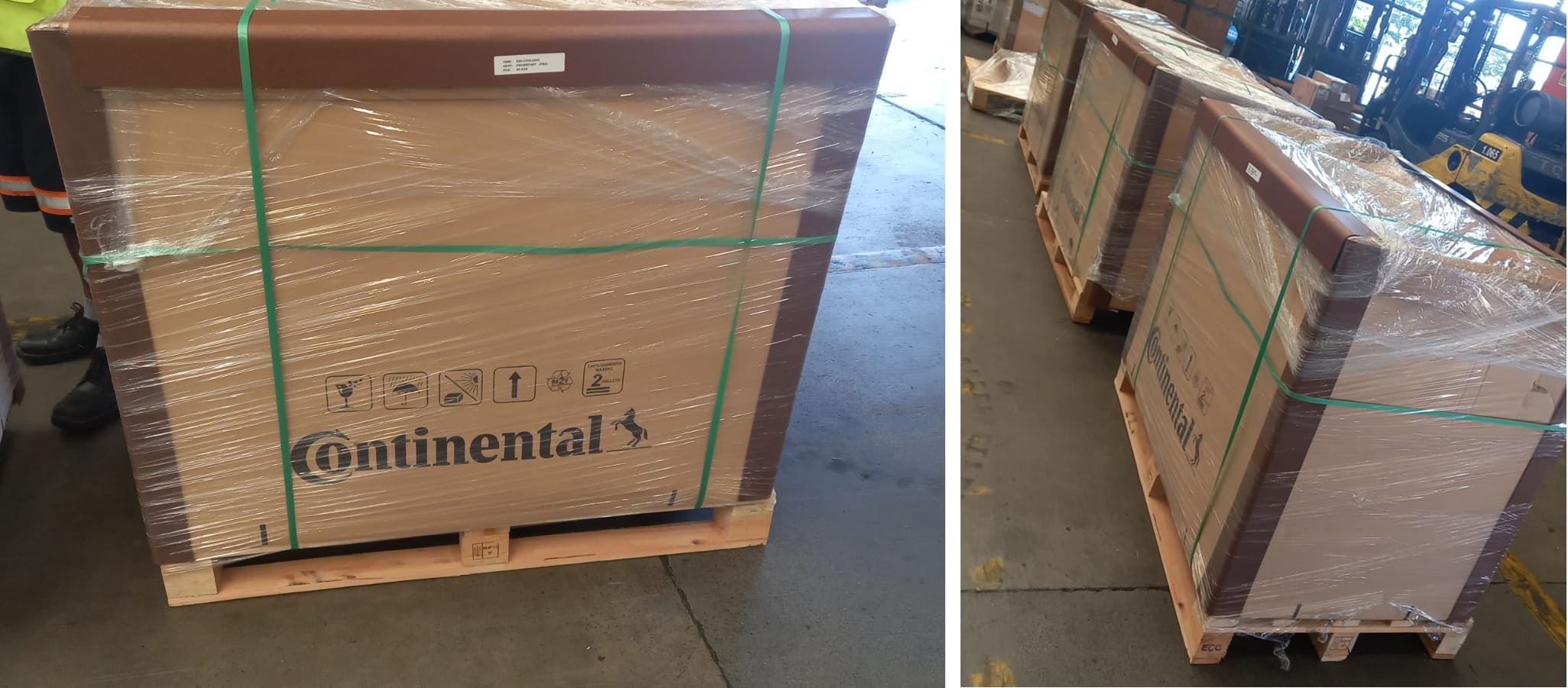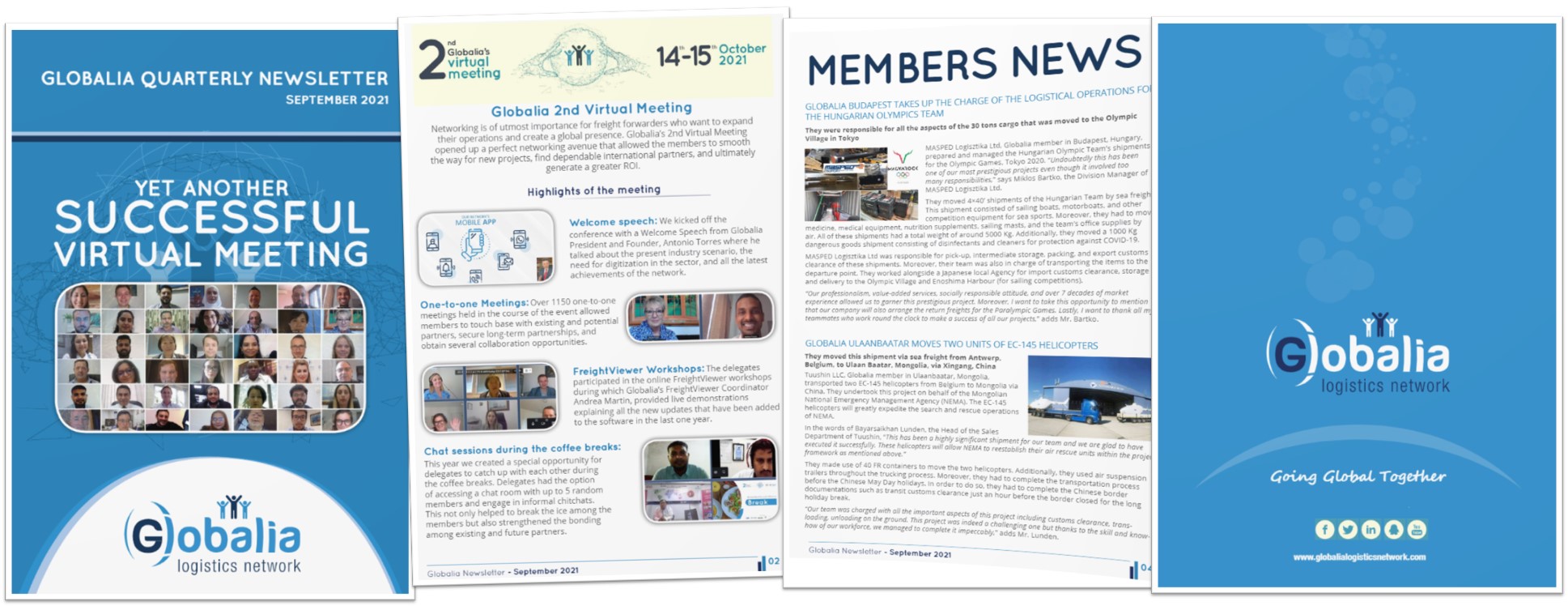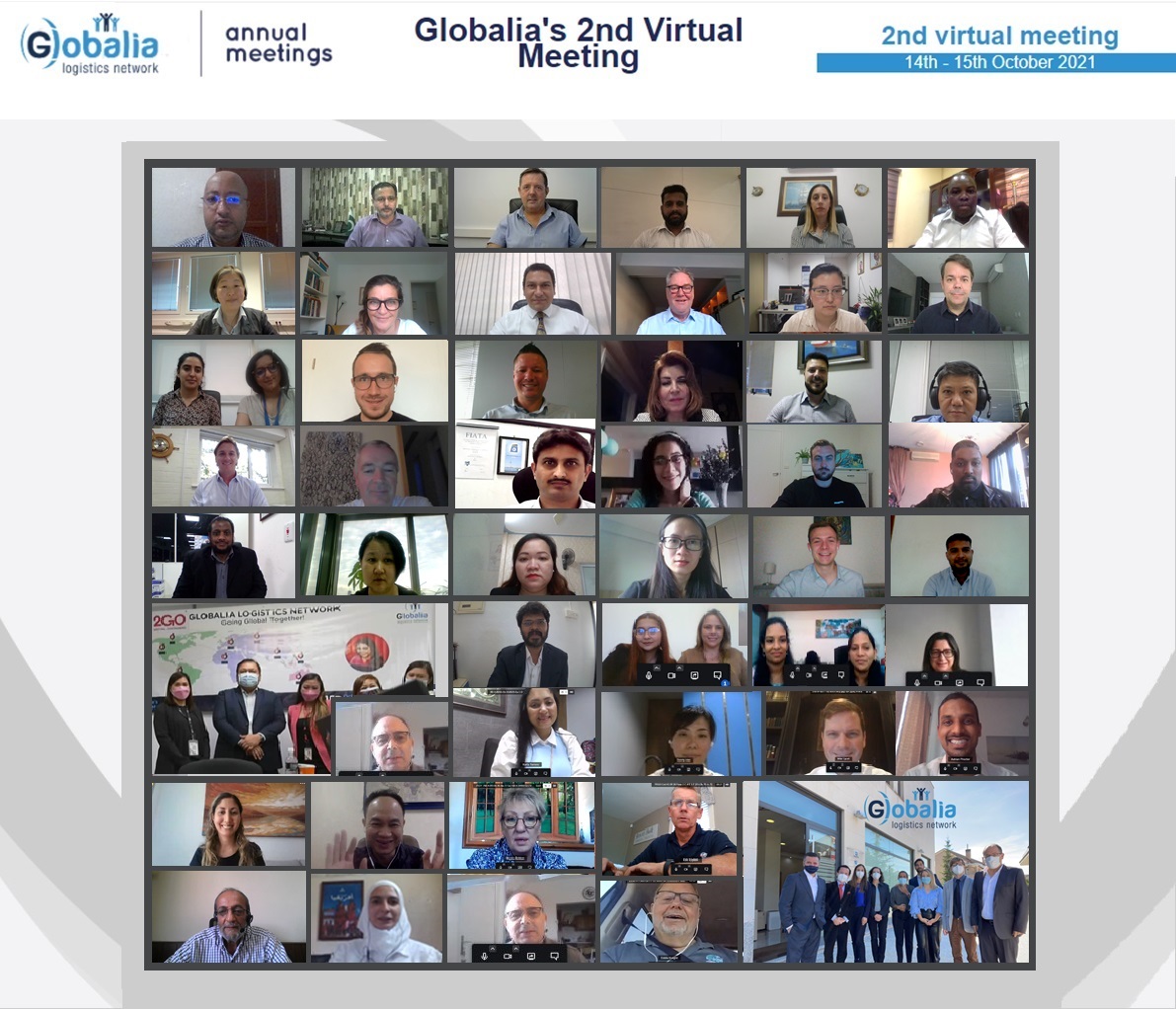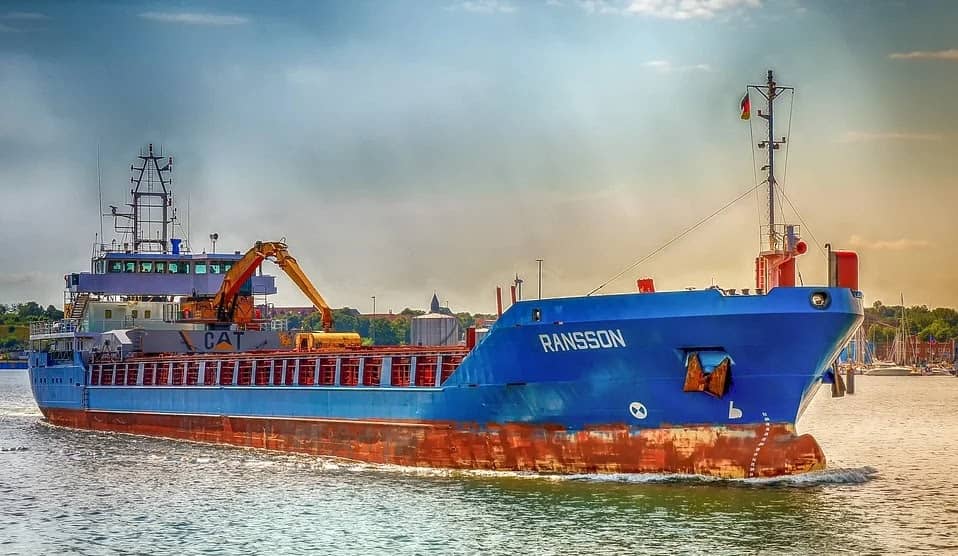| In the last few years, the freight forwarding industry has witnessed a new phenomenon viz. the rise of digital freight forwarders.The tremendous need for automation and technological innovation culminated in the emergence of this new category of online freight forwarders. But why didn’t this happen earlier? Why were freight forwarders so reluctant to the digital transformation and why are they still bottled up in the old working ways?
Our topic for this week is a little chat with Manuel Cardona, Globalia’s IT Manager and FreightViewer Developer, who has provided us with interesting inputs and anecdotes about the hidden reality behind the freight forwarding industry that he discovered while launching FreightViewer. By taking an in-depth look at this, he has been able to create a truly practical and useful TMS. |
|
The factors that motivated Globalia to create a new TMS
Around 4 years back, Antonio Torres, Globalia’s President, and CEO understood that digitization was no longer an option for freight forwarders- it was a necessity. Companies across all sectors were moving ahead with online platforms and services. Nevertheless, independent freight forwarders were somewhat late in waking up to the call for digitization. This is when Mr. Torres started exploring the possibility of investing in a new software that could enable hundreds of Globalia agents to automate their operations while cutting down costs.
“Soon after we started having long brainstorming sessions during which we started exploring new avenues that would help our agents to finally discard the backdated manual data entry processes. We understood that without a definitive solution, our agents were at the peril of losing out businesses to their multinational competitors,” explains Mr. Cardona. Precisely at this point, Globalia Logistics Network started moving ahead with its digital transformation endeavours.
After a lot of hard work and considerable private investments, Globalia finally started testing the platform in mid-2018. The objective of FreightViewer was to offer a digital infrastructure that enabled the establishment of an automated data transfer of carrier rates and tariffs. For the first time, independent freight forwarders could create instant accurate quotations and have a 24×7 showcase for their freight rates without any investment on their part.
“We were confident enough to dream big and expected it to become a success. Our member-exclusive TMS- FreightViewer came with a remarkable advantage over any other similar platform. Unlike the rest, Globalia is an international network consisting of 191 agents in 129 countries. This allows our agents to have rates from almost every corner of the world,” continues Mr. Cardona.
The launch of FreightViewer and the problems Globalia found out
It was during Globalia’s 2nd Annual Meeting at Kuala Lumpur that FreightViewer was first presented to the agents. It provided a very opportune moment to launch the platform as the meeting witnessed a 60% increase in the attendance of new members.
To quote Mr. Cardona, “This was a very exciting moment for our team as we knew that we were doing something that no other freight forwarding network had done before. Andrea Martin, Globalia’s FreightViewer Coordinator, played a key role in conducting the FreightViewer workshops for the network members.”
“However, it was then when we found out the hidden truth about the difficulties to digitize the freight forwarding industry. Our members were very enthusiastic about this platform, but some showed a distrustful attitude over it. There were lots of doubts about the software, about how they would upload rates, the constantly changing transportation fees, etc. Members also saw that there were a lot of features they needed but the TMS didn’t allow them to have. It goes without saying that this didn’t discourage us to further invest in the platform. On the contrary, it made us realize that not every software in the market would serve the purpose. We had to increase our efforts to create a personalized tool with all the required utilities to make it functional.”
With this in mind, the IT department of Globalia continued working hard. The objective was clear: FreightViewer aimed to allow Globalia members to be at the cutting edge of technology and compete with the stalwarts in the industry by digitizing a very important part of their operations.
The process of enhancing the platform
“We thought that the only way to build a more convenient tool for our members, they had to test it in order to give us their feedback about how to optimize it. In this regard, the efforts of Andrea deserves special appreciation. She spent hours with our agents to get their feedback on how the tool can be made more efficient and practical. Even now she keeps helping the GLB members with any doubts about the use of the software”.
Following Globalia’s 2nd Annual Meeting, the next step involved finding industry leaders to collaborate with. Back in 2019, Globalia teamed up with SHIPCO, one of the world’s leading neutral NVOCC’s. This was a very big step for the network since it allows the members to access LCL rates in over thirty countries right from FreightViewer. In other words, this partnership enabled members to digitize a substantial chunk of their day-to-day paperwork
The next step was to further enhance the platform’s accessibility to encourage the agents to discard the manual quoting process for good. “In the same year, we added a very useful feature to FreightViewer that allowed agents to send and receive quote requests to/from any of their partners including those operating outside the Network. As a result, members were able to store quotations provided by any freight forwarder on a single platform.”
The process of improving the tool did not stop here. Globalia continued forging partnerships with industry leaders like Onus Cargo Services, an insurance broker or BlueX an API developer.
FreightViewer in 2022: a revolutionary freight quotation software
Presently, FreightViewer has come up as an indispensable tool for the members. It is allowing them to instantly generate accurate and professional quotations. Additionally, their clients can go almost through all the logistics processes by themselves through the website for customers, where different quotes can be compared quickly and easily. This TMS is currently helping members to manage rates, create personalized quotations, and even follow up with the customers and customize their website. Most importantly, it is enhancing the customer-relationship for our agents.
By processing all the freight forwarding operations within a unique channel, FreightViewer is enhancing the visibility for all the stakeholders of the shipping process. In a sector when an instant response is absolutely crucial, FreightViewer is greatly adding to operational efficiency. Additionally, the platform is reducing the members’ expenses, saving their time, eliminating manual error, augmenting visibility and security, and minimizing the steps involved in shipping operations.
The future potentials of FreightViewer
The digital transformation has finally become a hard reality and logistics companies of all sizes are competing to adapt to the big changes and come up as digital freight forwarders. As Mr. Cardona points out, “The pandemic has brought a very important fact to our attention- Freight Forwarders need to digitize their services. Keeping pace with Logistics 4.0 has become crucial to be well positioned in the freight forwarding industry. Simply put, independent freight forwarders who fail to digitize their operations and come up as digital freight forwarders will soon fall behind the competition.”
This is one factor that motivates Globalia’s IT team to works hard to further upgrade the tool. At the moment, Globalia is negotiating new partnerships with other leading companies in this sector. Globalia is presently dealing with Webcargonet to upload and update more than 14 million buying airfreight rates to FreightViewer. Additionally, they are also trying to reach cost-effective cargo insurance rates for the members. Lastly, Globalia is working to implement a new way that make the process of rate uploading even easier.
As Mr. Cardona aptly sums up, “FreightViewer enables our agents to leverage digital trends for facilitating seamless communication among all the stakeholders of a shipping project. More importantly, it entails the use of a completely transparent cloud-based system that allows for easy comparison of several shipping rates to provide the best deal to the customers. One of the main aims of this tool is to reduce paperwork and manual processes. I can confidently state that we have been successful in fulfilling the objectives of launching this platform. Nevertheless, we still continue to work hard as we believe there is always room for improvement.”






